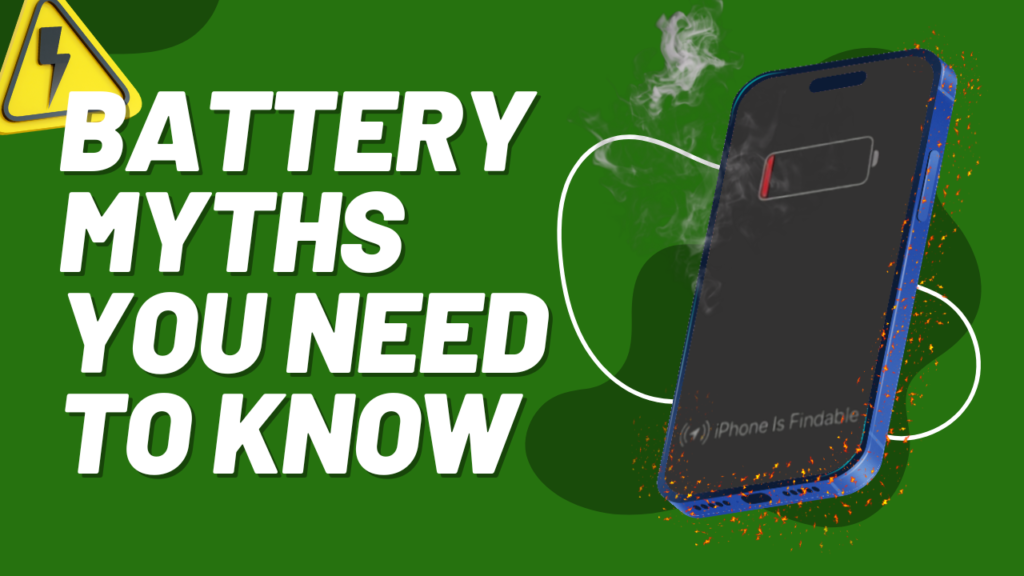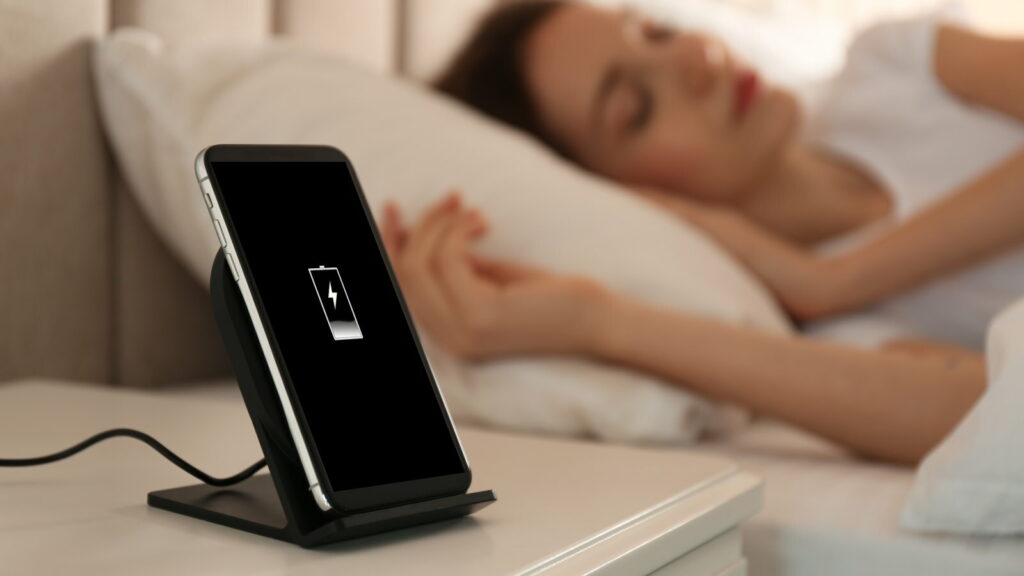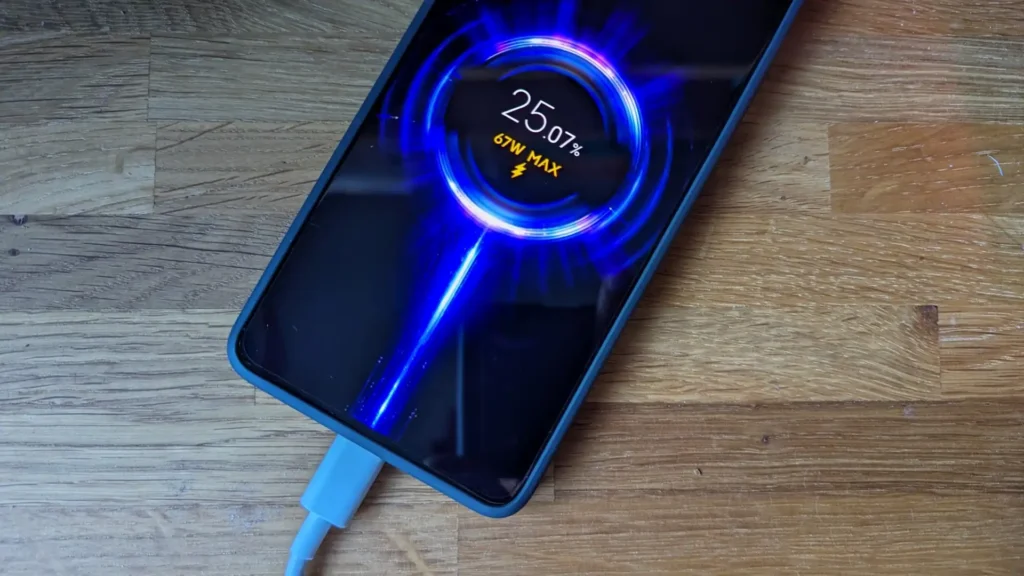
Introduction
Lithium-ion batteries power nearly all our devices, from smartphones to electric vehicles, but their charging habits remain surrounded by myths. Understanding lithium ion battery charging myths is crucial for maximizing battery lifespan and performance. Let’s explore the most common misconceptions, uncover the truth, and offer practical tips to keep your devices running efficiently.
What Are Lithium Ion Battery Charging Myths?
Before diving in, let’s clarify: lithium ion battery charging myths refer to widespread false beliefs about charging habits that can mislead users. While some stem from outdated technologies, others are simply misunderstandings. These myths often result in unnecessary anxiety or improper charging habits, which can harm battery health.
Top Lithium Ion Battery Charging Myths You Should Know
1. Myth: You Should Always Fully Drain Your Battery Before Charging
This myth dates back to older nickel-based batteries, which suffered from a “memory effect.” However, lithium-ion batteries don’t have this issue. Fully draining the battery regularly can actually harm it. Instead, aim to keep your device’s charge between 20% and 80% for optimal health.
2. Myth: Charging Overnight Damages Your Battery

Many believe that charging overnight causes overcharging and damages the battery. While modern devices are equipped with smart charging technologies that stop drawing power when the battery is full, there is still some truth to this concern.
Charging a battery fully to 100% and keeping it there for extended periods can increase wear over time. This is because lithium-ion batteries perform best when kept between 20% and 80%. Lithium batteries handle fractional cycles better than full ones. For overnight charging, consider enabling battery optimization features (available on many devices) that delay charging to 100% until just before you wake up.
Conclusion: However, you don’t need to worry about significant battery degradation from overnight charging. Smart technologies, like charge optimization and others, ensure minimal wear, making it a safe option for most users.
3. Myth: Fast Charging Always Harms Your Battery

This is one of the most debated lithium ion battery charging myths. While modern fast-charging technologies are designed to minimize heat and regulate power to avoid damage, faster charging does generate more heat compared to slower charging.
Over time, frequent exposure to high wattage can slightly reduce battery longevity compared to slower charging. For instance, a 100W charger may wear down a battery faster than a 20W charger, but the difference might not be noticeable for casual users. If battery longevity is a priority, using a slower charger when you’re not in a rush can be a safer choice.
Conclusion: That said, you don’t need to be overly cautious. Fast charging won’t drastically shorten your battery’s lifespan, and for everyday use, the reduction in longevity is typically small enough to go unnoticed.
4. Myth: Using Your Phone While Charging Is Dangerous
This myth often stems from fears of overheating or battery damage. The truth is, using your phone while charging won’t harm it as long as the heat generated stays under control. Heat is the real issue—if the phone becomes noticeably warm, it’s best to give it a break. Ensure you’re using a certified charger to avoid potential safety risks.
5. Myth: Third-Party Chargers Always Damage Your Battery
Not all third-party chargers are harmful. Certified chargers that meet your device’s voltage and current specifications are safe to use. The real danger lies in counterfeit or low-quality products, which can deliver inconsistent power and damage your device.
How to Protect Your Lithium Ion Battery
To recap, debunking lithium ion battery charging myths is just the first step. Here’s a summary of the best practices for keeping your battery in good shape:
- Avoid fully draining or fully charging your battery regularly. Stick to the 20%-80% range.
- Don’t stress about overnight charging, but enable battery optimization features if available.
- Use fast charging sparingly to minimize heat-related wear.
- Keep your device cool while charging, especially when using it simultaneously.
- Stick to certified chargers and avoid low-quality alternatives.
- Avoid extreme temperatures, as they can permanently damage the battery.
Why These Myths Persist
Many lithium ion battery charging myths persist due to misinformation and outdated knowledge. As technology advances, it’s important to stay informed about how modern batteries function. Manufacturers now prioritize efficiency and safety, reducing the risks tied to common charging practices.
Conclusion
Lithium-ion batteries are designed for convenience, but myths surrounding their charging habits can lead to unnecessary stress or improper care. By understanding and debunking lithium ion battery charging myths, you can ensure your devices remain reliable and efficient for years to come. Remember: smart charging practices, not myths, are the key to battery longevity.

3 thoughts on “Lithium Ion Battery Charging Myths You Need to Know Now”